Four
July 2012
After the idea was hatched, the basics were built, the gaps were filled, and the extras were added, we had made incredible progress in the two years since forScore's debut. Despite all of our progress, though, and our intense efforts to make forScore as fast as possible, we knew there was more to be done.
The benefits of building forScore around standard PDF files is obvious, but downsides are less so: bad scans, huge file sizes, and decades of file format baggage can cause big slowdowns (the iPad 3, Apple's newest device at the time, was actually a step backwards in performance). The majority of our customers having issues weren't complaining about features, they were complaining about the speed of page turns, and we knew we had to fix it.
With 4.0, we created an incredible adaptive page caching system that made an amazing difference (it's proven to be so effective that it still powers forScore today with few changes).
We also launched our in-app storefront. Since version 1.0 with its built-in collection of public domain scores, we knew that forScore had the potential to be a powerful distribution tool, not just a reader, and with people complaining about the sluggishness of their files, now was the right time to raise the bar. We couldn't fix people's files, but we could give them a better way of finding new music.
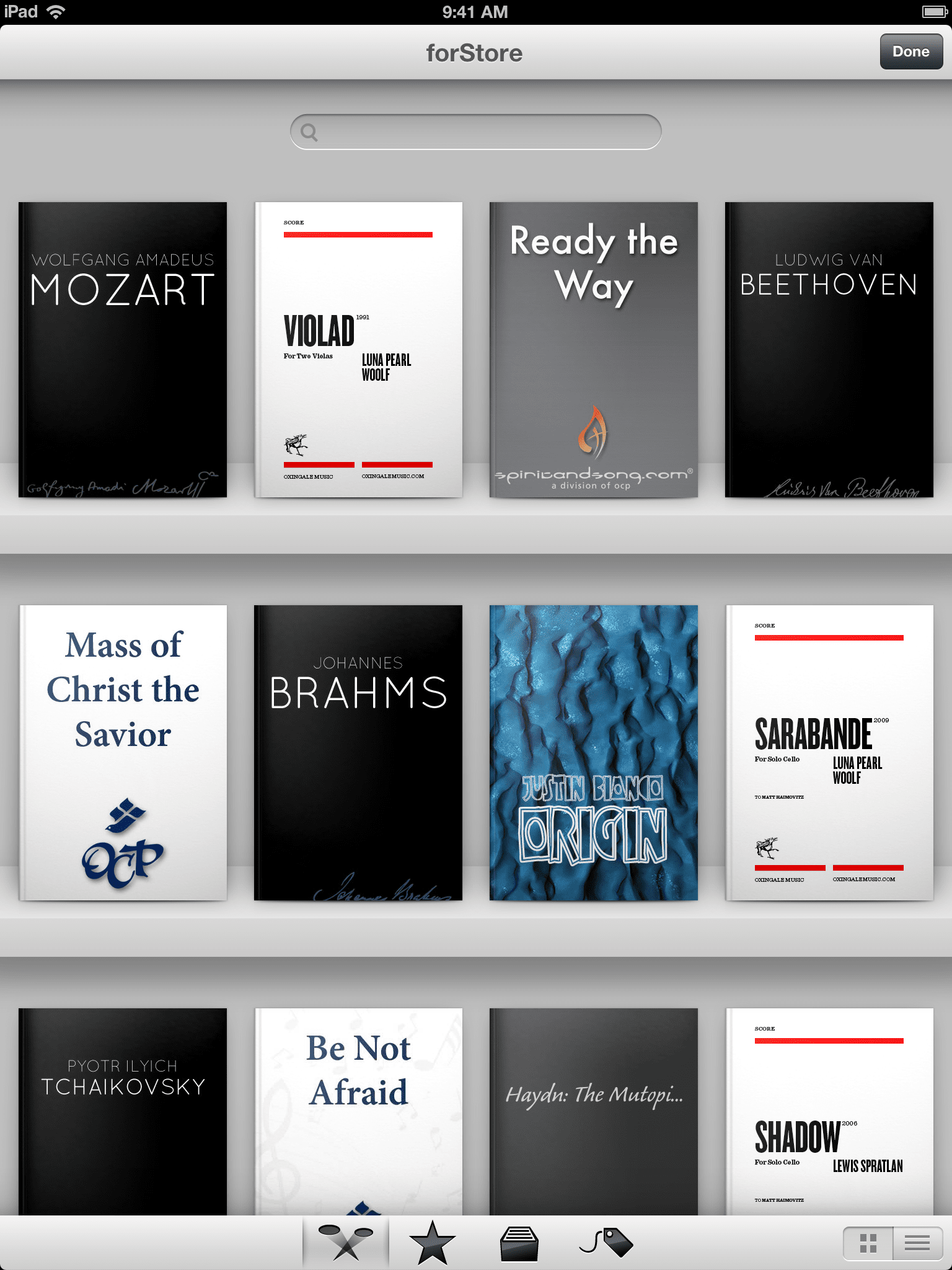
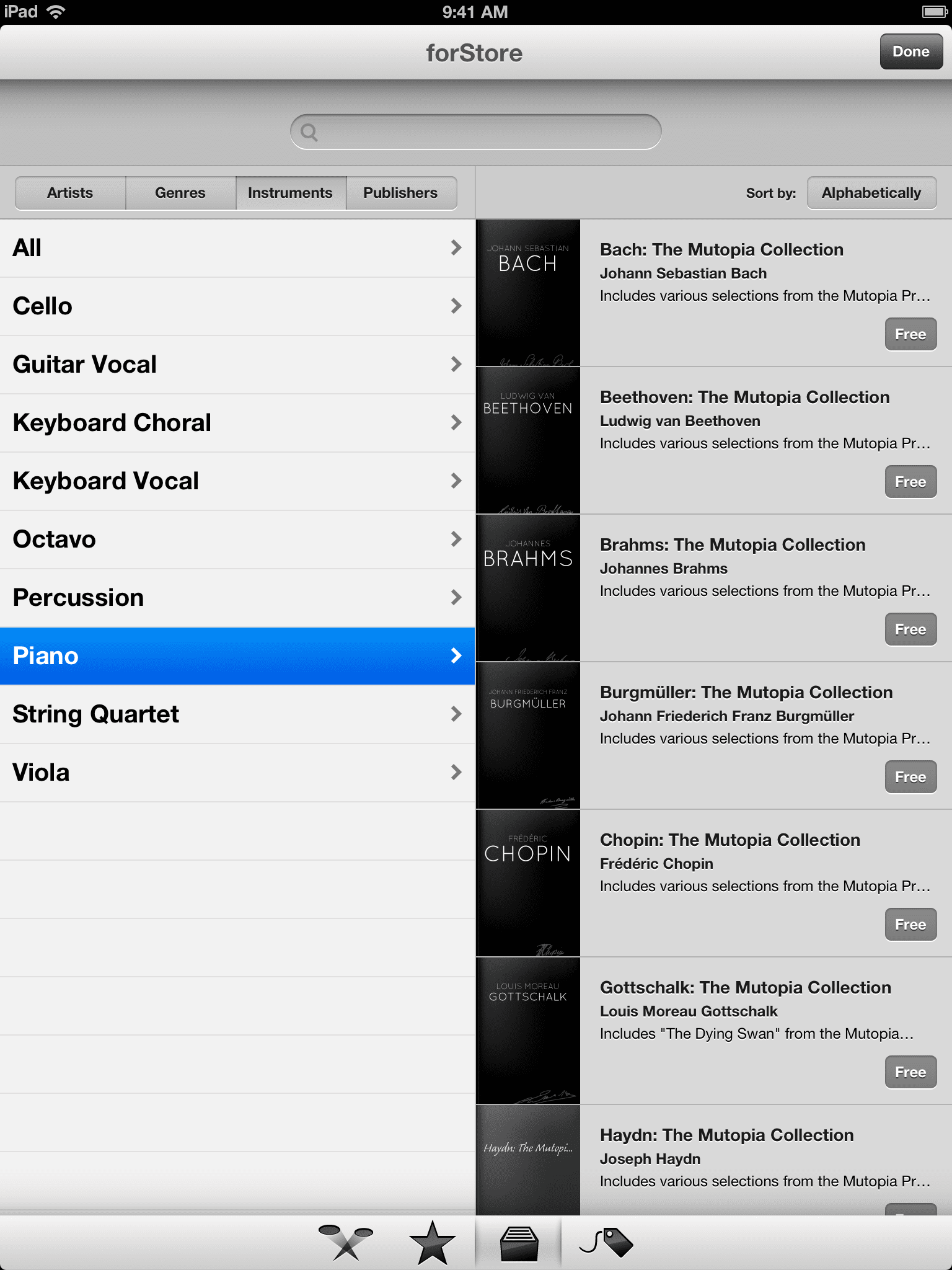
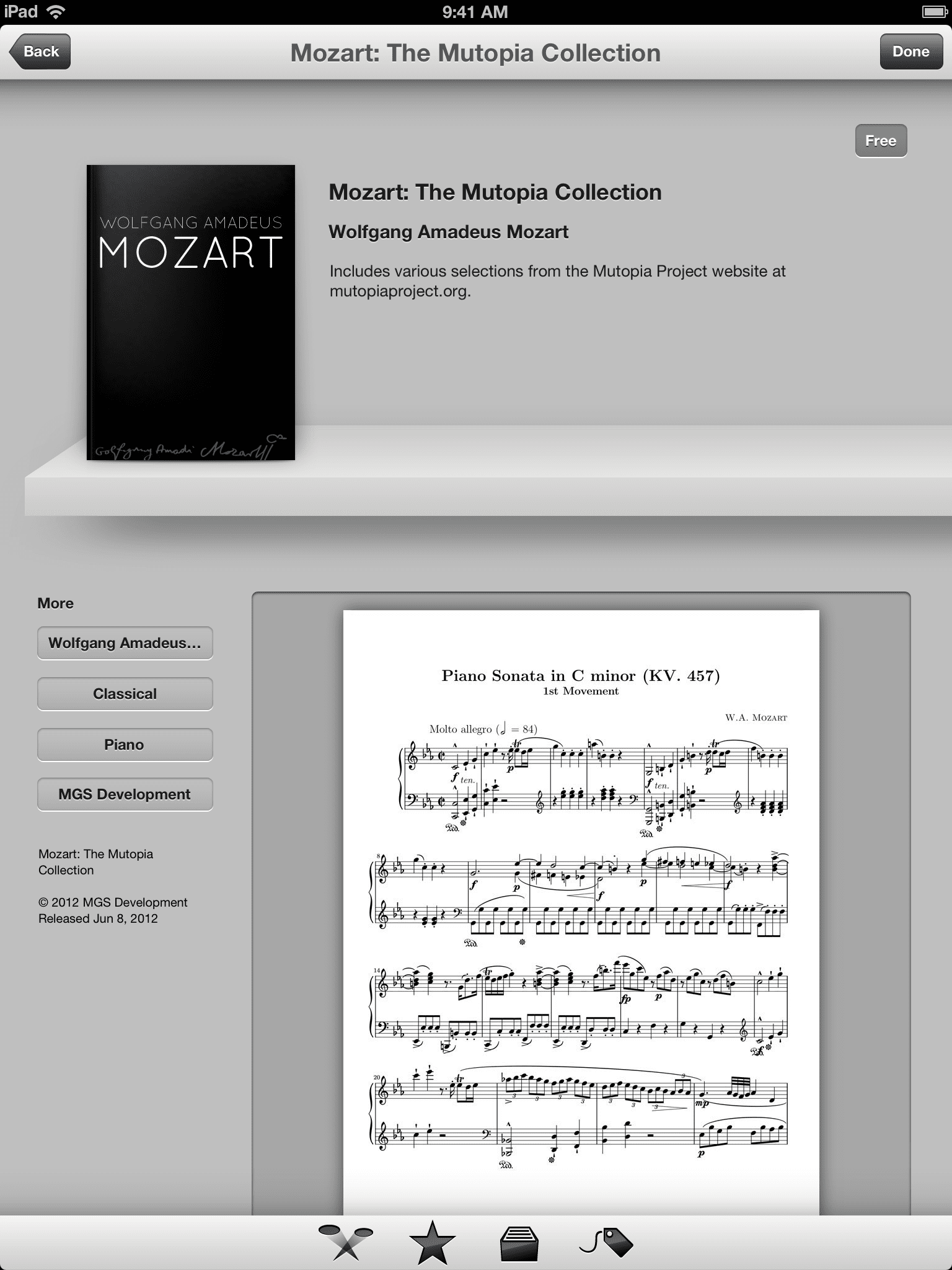
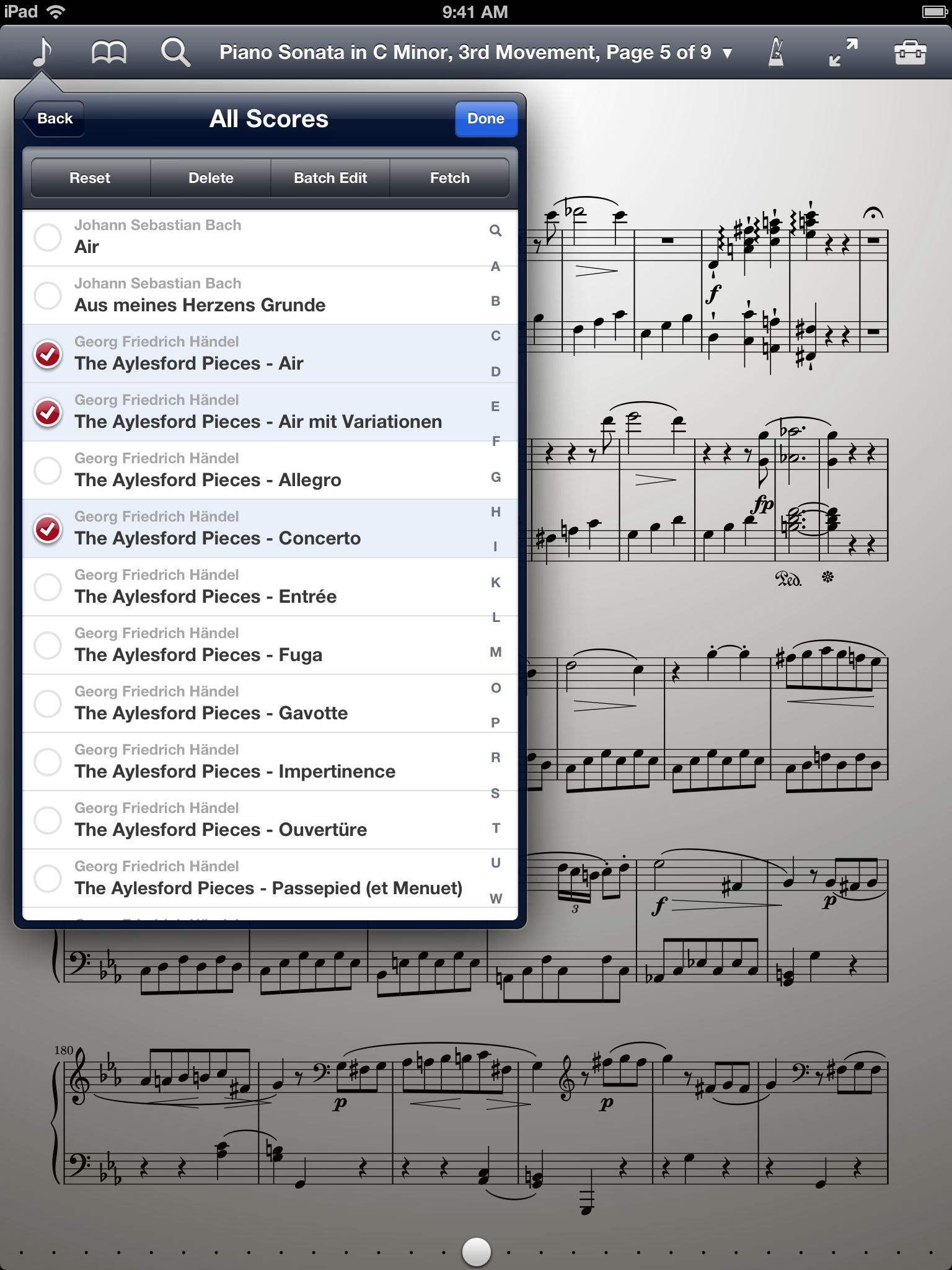 With iOS 5, table views supported multiple selection
With iOS 5, table views supported multiple selection


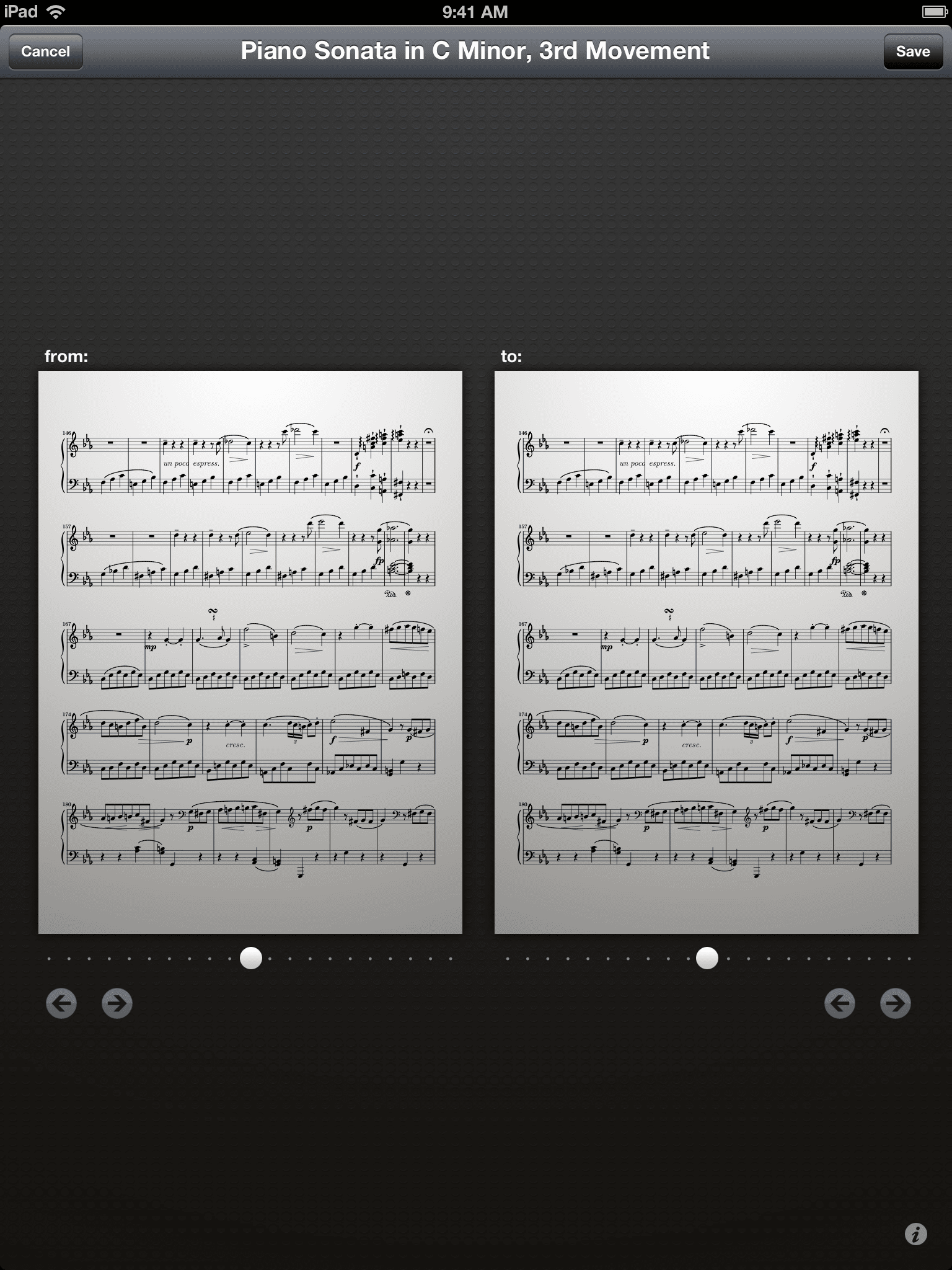 Still skeuomorphic, but so much better
Still skeuomorphic, but so much better
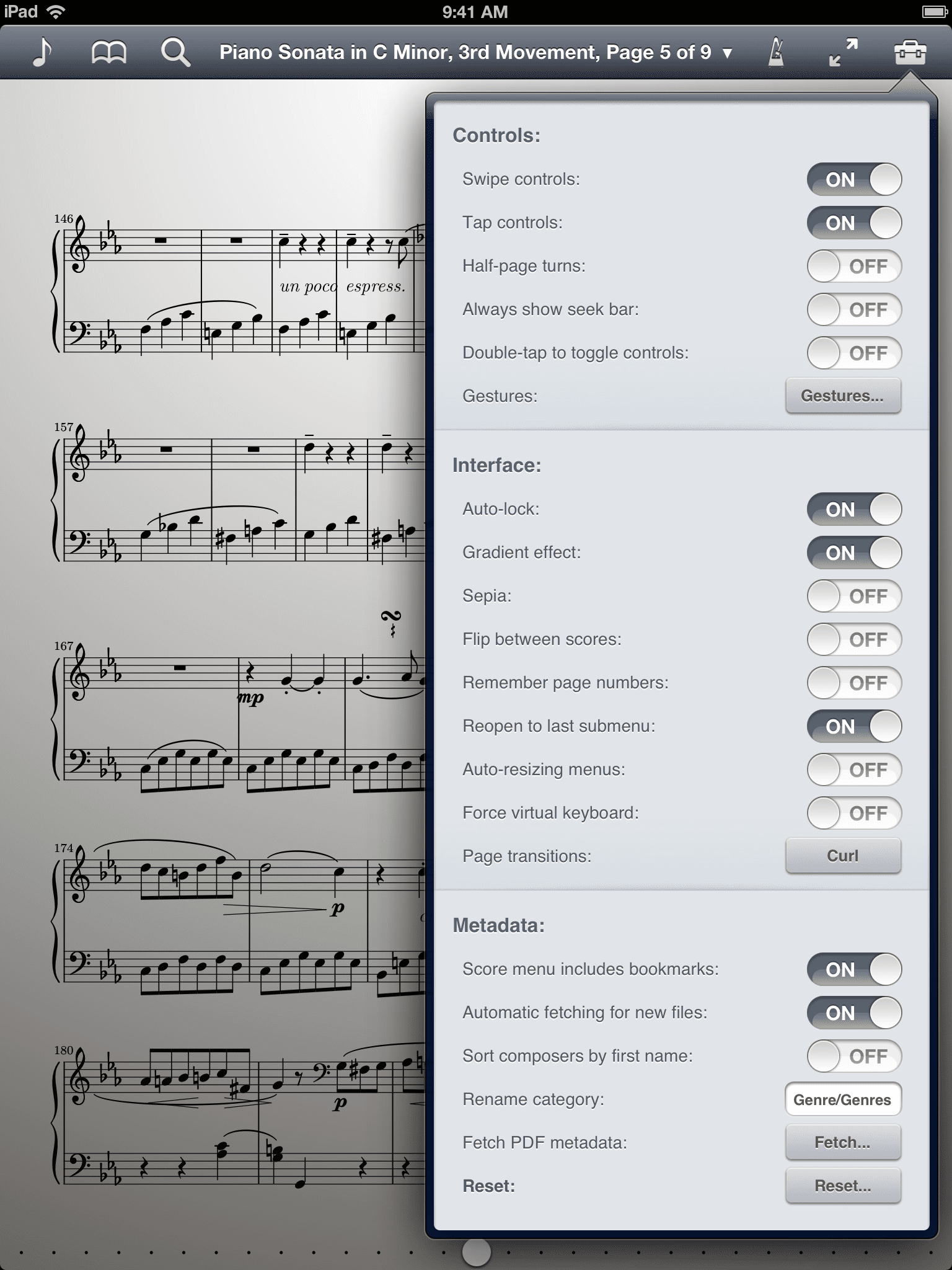 iOS 5's rounded switches gave the settings panel a whole new look
iOS 5's rounded switches gave the settings panel a whole new look